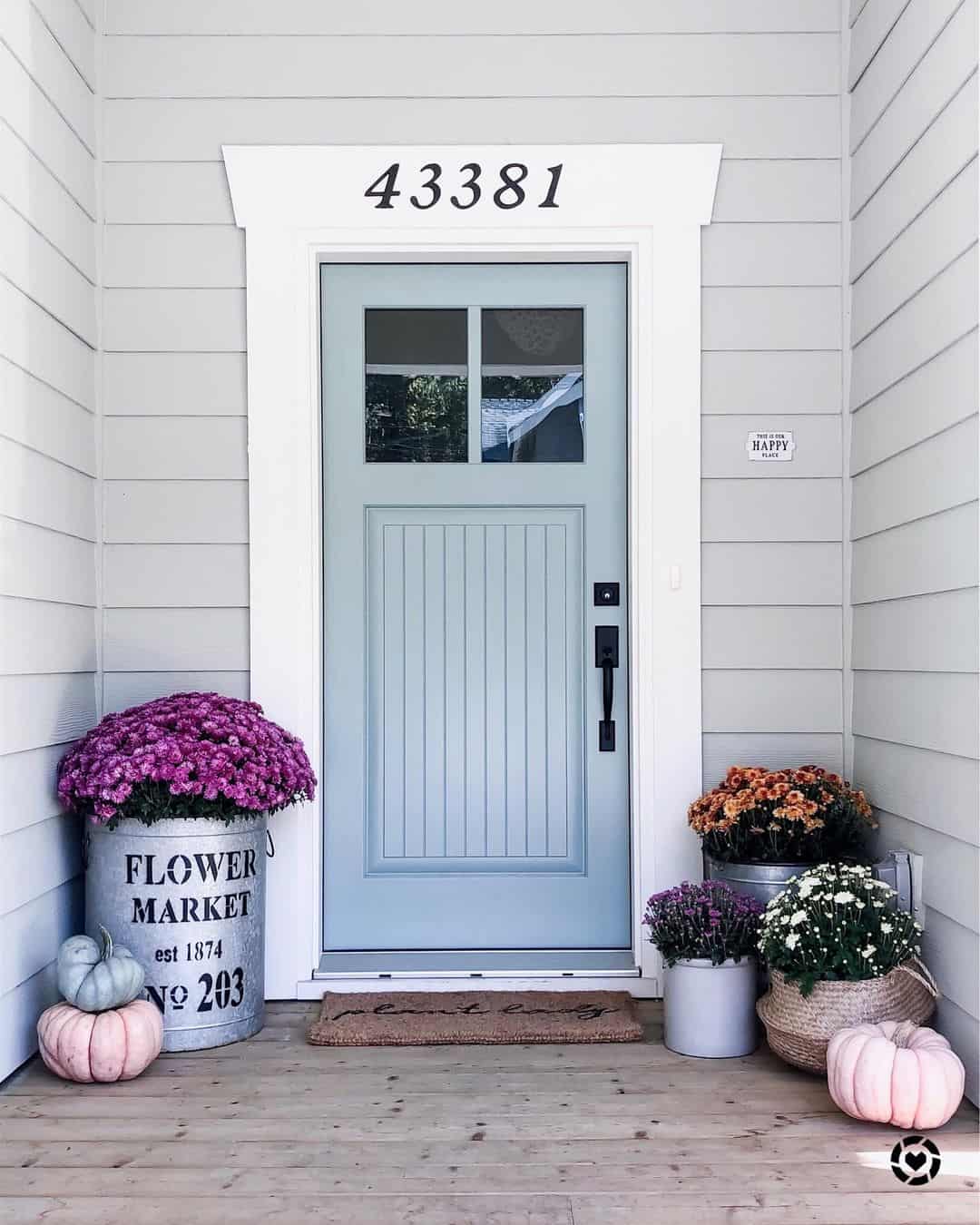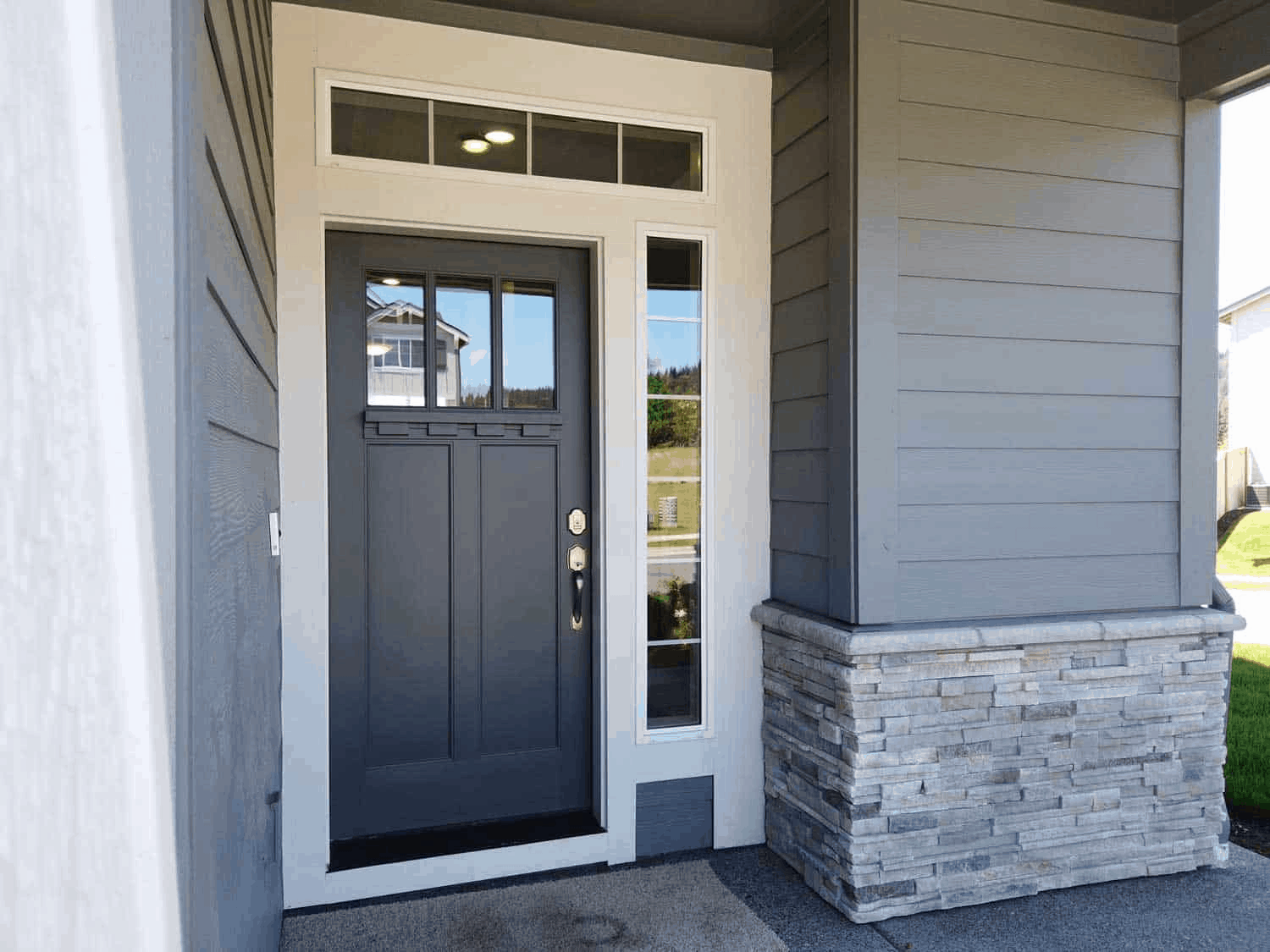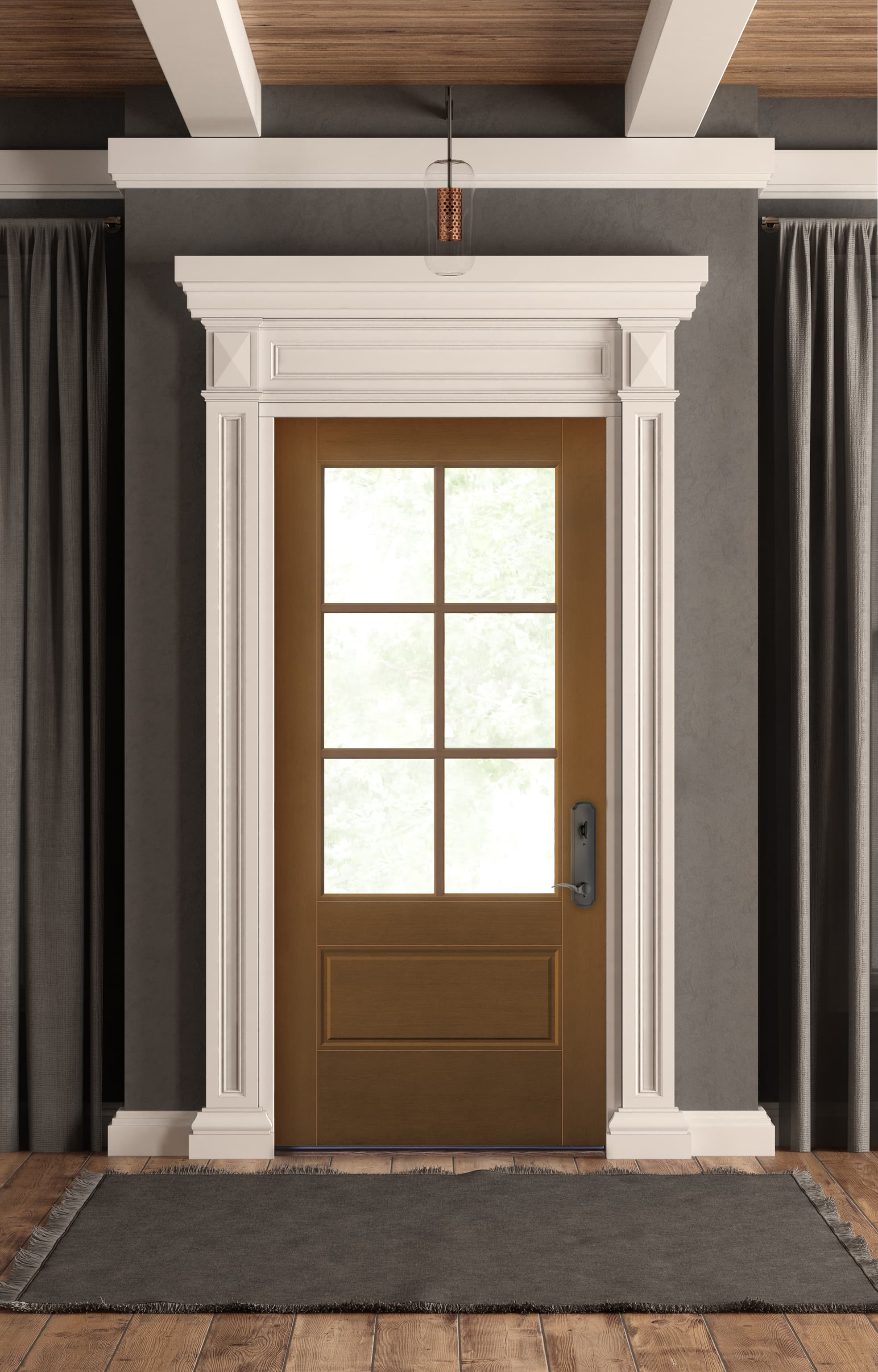When it comes to boosting your home’s curb appeal, few elements are as impactful as decorative exterior door moulding. This often-overlooked detail can transform an ordinary entryway into an architectural masterpiece. In this comprehensive guide, I’ll share insights from my personal experience and the knowledge I’ve gained to help you explore the world of decorative moulding. Let’s dive in!
What is Decorative Exterior Door Moulding?
Decorative exterior door moulding refers to the trim or framing surrounding a door, enhancing its appearance and providing architectural interest. This moulding can be simple or intricate, depending on your style preferences and the architecture of your home.
Types of Decorative Door Moulding
There are several types of decorative door moulding to consider when looking to elevate your home’s entrance:
- Casing Moulding – This is the trim that surrounds the door frame, often with a style that matches the home’s architecture.
- Pediments – Decorative structures that sit atop the door, adding height and grandeur.
- Head Jambs – The horizontal top part of the door frame often features ornate detailing.
- Side Lights – Vertical panels of glass on either side of the door that can be framed with decorative moulding.
Materials Used in Decorative Exterior Door Moulding
The choice of material is crucial for both aesthetics and durability. Here are the most common materials used:

Wood Moulding
Wood is a traditional option that offers warmth and natural beauty. However, it requires regular maintenance to prevent rot, warping, and pest damage.
Polyurethane Moulding
Polyurethane is a lightweight and weather-resistant material that mimics the look of wood. It is easy to install and maintain, making it a popular choice.

Composite Moulding
Composite materials combine wood fibers and synthetic materials, offering durability and versatility. They come in various styles and can be painted or stained.
Vinyl Moulding
Vinyl moulding is resistant to moisture, making it suitable for humid climates. It’s easy to clean and requires minimal maintenance.

Benefits of Installing Decorative Exterior Door Moulding
Installing decorative moulding around your exterior doors can yield numerous benefits:
- Enhanced Aesthetics: Moulding provides a polished look that can elevate your home’s overall appearance.
- Increased Property Value: Attractive entryways can significantly boost your home’s market value.
- Personal Expression: You can choose styles that reflect your personality and taste.
- Protection: Moulding can protect door frames from weathering and wear.

How to Choose the Right Decorative Exterior Door Moulding
Selecting the right moulding involves various considerations:
Consider Your Home’s Architecture
The style of moulding should complement the architectural design of your home—traditional, modern, rustic, or colonial.

Color and Finish
Choose a color and finish that harmonizes with your door and surrounding elements. Whether you prefer bold contrasts or subtle blends, the choice is yours!
Size and Scale
The scale of the moulding should be proportionate to your door and wall size. Oversized moulding may overwhelm a small door, while delicate moulding can get lost on a grand entrance.

DIY Installation vs. Professional Installation
When it comes to installation, you have two options: DIY or hire a professional. Here’s a breakdown:
DIY Installation
Installing decorative moulding can be a rewarding DIY project, particularly if you possess basic carpentry skills. Here’s a quick guide:
Materials Needed
- Measuring tape
- Miter saw or hand saw
- Nail gun or hammer
- Adhesive
- Paint or stain (optional)
Additional Tips for DIY
- Measure twice, cut once.
- Use a level for accurate alignment.
- Always wear safety gear when using power tools.
Professional Installation
If you’re uncomfortable with DIY tasks or want a flawless finish, hiring a professional is a great option. They can provide expertise and quality craftsmanship.
Cost of Decorative Exterior Door Moulding
The cost can vary widely based on materials, size, and complexity of installation. Below is a comparison table to give you a rough idea:
| Material | Cost per Linear Foot | Pros | Cons |
|---|---|---|---|
| Wood | $10 – $20 | Classic look; paintable | Requires maintenance; can warp |
| Polyurethane | $5 – $15 | Durable; low maintenance | Limited finish options |
| Composite | $6 – $18 | Durable; versatile | Can be more expensive than wood |
| Vinyl | $5 – $12 | Water-resistant; easy to clean | Less traditional aesthetic |
Pros and Cons of Decorative Exterior Door Moulding
To help you decide if decorative moulding is right for you, here’s a list of pros and cons:
Pros
- Enhances visual appeal
- Increases curb appeal
- Variety of styles and materials to choose from
- Can improve home value
Cons
- Can be costly depending on materials
- May require maintenance (wood options)
- Installation may be challenging for some
Decorative Exterior Door Moulding FAQs
1. How do I maintain decorative exterior door moulding?
Regular cleaning and inspection for repairs are essential. If using wood, consider sealing or painting it every few years to protect it from the elements.
2. Can I paint over existing decorative door moulding?
Yes! Painting can refresh the look of your moulding. Just make sure to choose a high-quality exterior paint for durability.
3. What styles of door moulding are trending right now?
On-trend styles include modern minimalist designs, classic colonial moulding, and bold, oversized pediments.
4. Is decorative moulding suitable for all climates?
While many materials are versatile, it’s crucial to choose moulding suitable for your climate. For humid areas, materials like composite or vinyl may be preferable.
5. Can decorative moulding be used indoors too?
Absolutely! Decorative moulding can add elegance to interior doors and rooms, making it a versatile choice for any space.
Conclusion
Decorative exterior door moulding is a simple yet effective way to boost your home’s curb appeal and value. Whether you choose to tackle the installation yourself or hire a professional, the transformation can leave a lasting impression on your home’s entrance. I hope this article has inspired you to consider adding decorative moulding to your home. Happy decorating!